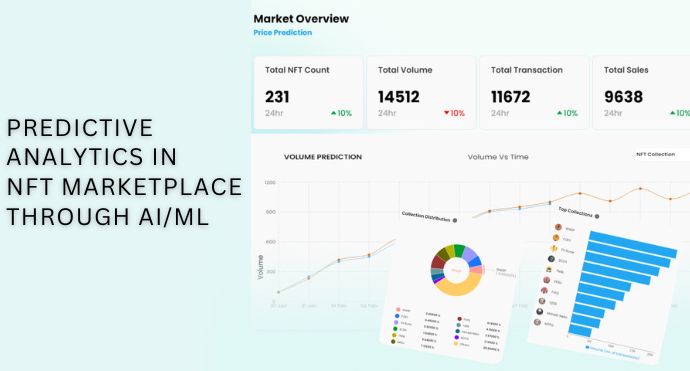The realm of artificial intelligence continues to expand, bringing with it innovations that once seemed the stuff of science fiction. AI avatars, digital personas capable of attending meetings, answering queries, and even performing tasks on behalf of humans, are at the forefront of this technological revolution. With the global market for AI avatars projected to reach $12.24 billion by 2028, growing at an impressive compound annual growth rate (CAGR) of 35.4% from 2023 to 2028, the impact on the workplace and beyond is set to be profound.
Market Growth and Adoption Trends
The potential of AI avatars is increasingly recognized across various sectors, with 27% of businesses considering their adoption to enhance operational efficiency. Industries such as healthcare, education, retail, and customer service are leading the charge, leveraging these digital assistants to streamline processes, improve customer interactions, and facilitate learning and medical consultations.
What Are AI Avatars?
AI avatars represent a fusion of artificial intelligence, virtual reality, and digital animation, creating realistic digital personas that can interact, respond, and participate in meetings on behalf of their human counterparts.
The Future of Work and Remote Participation
The future of work is undoubtedly remote. With AI avatars, the geographical and physical barriers to effective meeting participation are eliminated. These digital personas allow individuals to be present in multiple meetings simultaneously, tackle meeting fatigue, and manage their time more efficiently, heralding a new era of productivity hacks.
Real Use Cases for AI Avatars
Attending Meetings While Travelling:
John, a sales representative, is scheduled for a crucial client meeting but unexpectedly gets delayed at the airport. Instead of cancelling or losing the opportunity, John can deploy his AI avatar to attend the meeting, present the proposal, and answer questions in real-time, ensuring business continuity even when physically absent.
Accessibility for People with Disabilities:
Maria, a talented developer with limited mobility, finds attending in-person meetings challenging. By leveraging an AI avatar, Maria can actively participate in meetings remotely, contributing her expertise without facing physical barriers, expanding opportunities and promoting inclusivity within the workplace.
Unveiling the Benefits
The allure of AI avatars lies in their multifaceted benefits:
- Increased Productivity: By taking over routine tasks such as attending meetings, taking notes, and handling inquiries, AI avatars free up human employees to focus on more complex, strategic initiatives.
- Reduced Travel Costs: Virtual meetings facilitated by AI avatars can significantly cut down on the need for business travel, offering a sustainable and cost-effective alternative.
- Improved Accessibility: AI avatars make meetings more accessible to people with disabilities, ensuring everyone can participate fully in the digital workplace.
- 24/7 Availability: Unlike humans, AI avatars can operate around the clock, providing constant support and boosting operational efficiency.
Facing the Challenges
However, the path to integrating AI avatars into our daily lives is not without obstacles:
- Technology Limitations: Despite rapid advancements, AI avatars are still evolving. The technology may not yet fully capture the subtleties of human interaction, affecting user experience.
- Ethical Concerns: Issues surrounding privacy, transparency, and potential job displacement raise ethical questions that must be carefully navigated.
- User Acceptance: The concept of delegating tasks to a digital persona may be unsettling for some, highlighting the need for gradual integration and education.
Conclusion
The advent of AI avatars marks a significant milestone in our journey towards a more connected, efficient, and inclusive digital future. As we embrace these digital personas, we are presented with unprecedented opportunities to enhance productivity, reduce operational costs, and make the digital world more accessible. However, this journey also requires us to navigate the technological and ethical challenges that accompany such profound change. By addressing these challenges head-on and fostering a culture of innovation and responsibility, we can fully harness the potential of AI avatars to reshape our digital landscape for the better.


